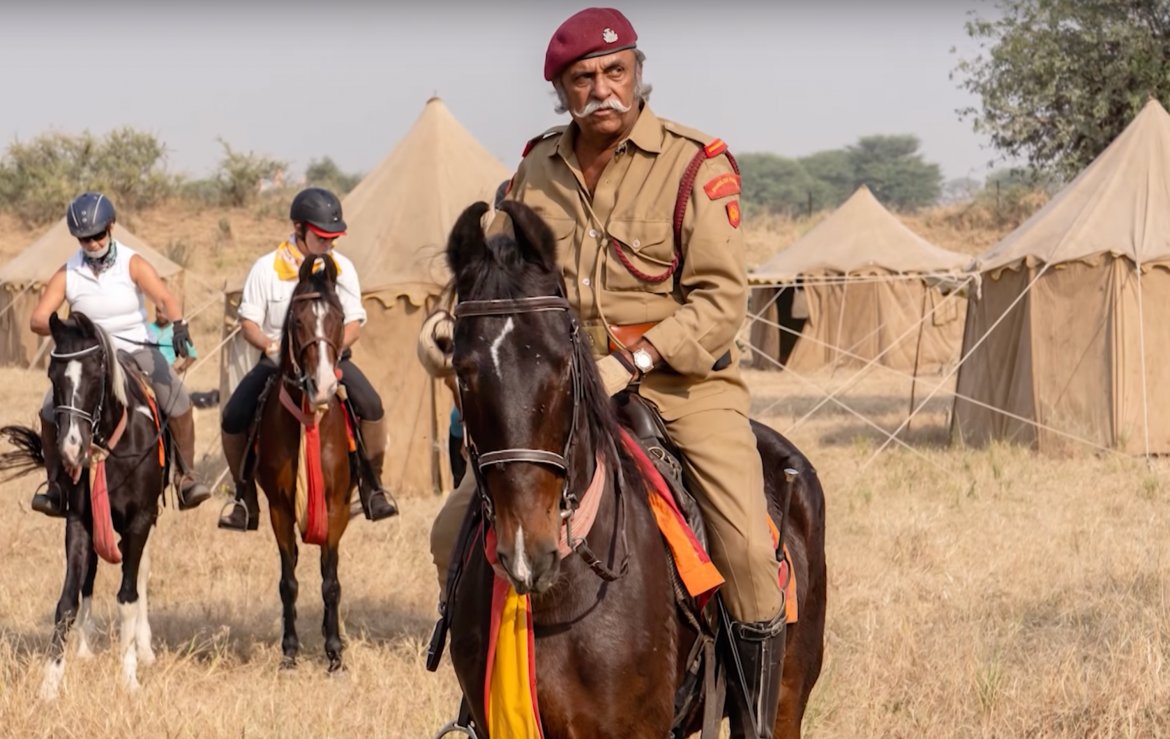The dust rises up in spirals, and comes to rest, long after our passing. In the hinterland of Shekhawati—a historical region in northern Rajasthan—unpaved tracks still outnumber asphalt roads. Here, our retinue of a dozen Marwari horses, thundering through small hamlets, barely turns heads. “The villagers are used to it,” says Raghuvendra Singh Dundlod, “People have been riding horses here for centuries.”
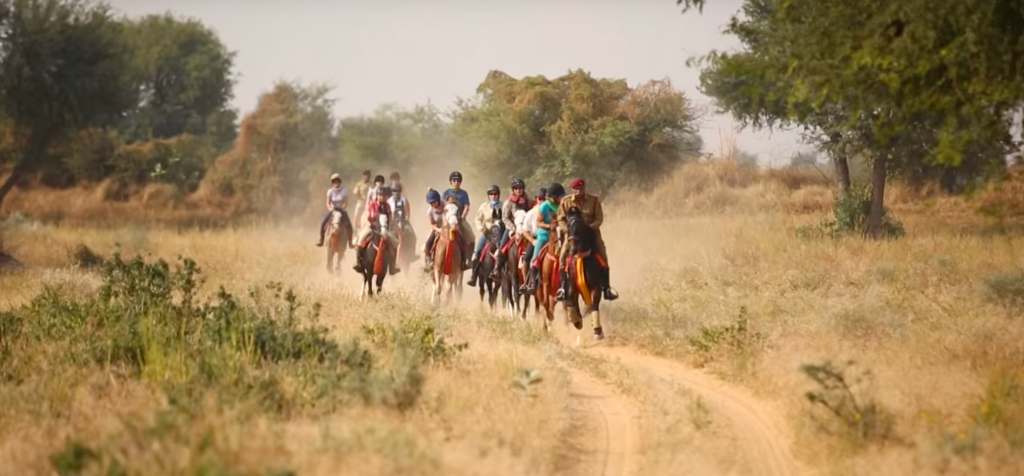
There’s no mistaking the leader of this troupe: Dundlod is from an erstwhile noble family of the Shekhawati clan and runs horse safaris in the local countryside. Our motley bunch consists of who you would call true-blue equestrian aficionados: no exaggeration considering they’ve come to Shekhawati from across the world, to ride hundreds of kilometres on horseback.
Shekhawati is beautiful, though not in the stereotypical way that Rajasthan is usually depicted in— colorfully-attired women, the grand ramparts, the vestiges of royalty, and the past. This region is famous for its grand ‘havelis,’ most of which lie abandoned, that hark back to prosperous times when Shekhawati was on the Silk Route.
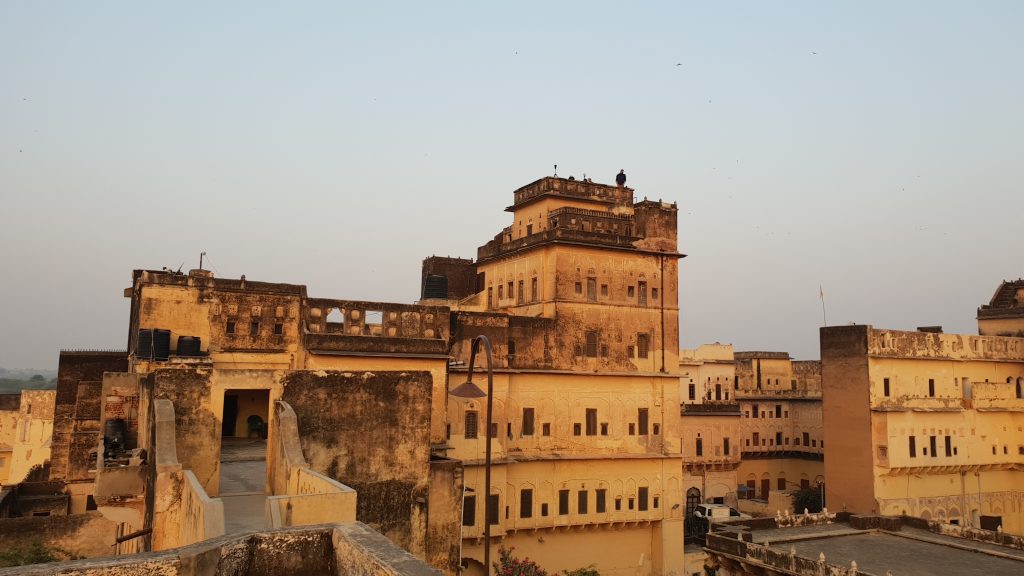
Today, it seems a world away from the choreographed photo-ops and well-worn smiles in tourist hubs like Jaisalme and Jaipur. In this semi-arid region, cameras still evoke curiosity, foreigners are still strangers, and fading façades of buildings haven’t been distempered over. It’s appropriate that, beyond a point, I can’t explore this hinterland on a motorcycle—the Triumph Thruxton R, that I rode down from Delhi.
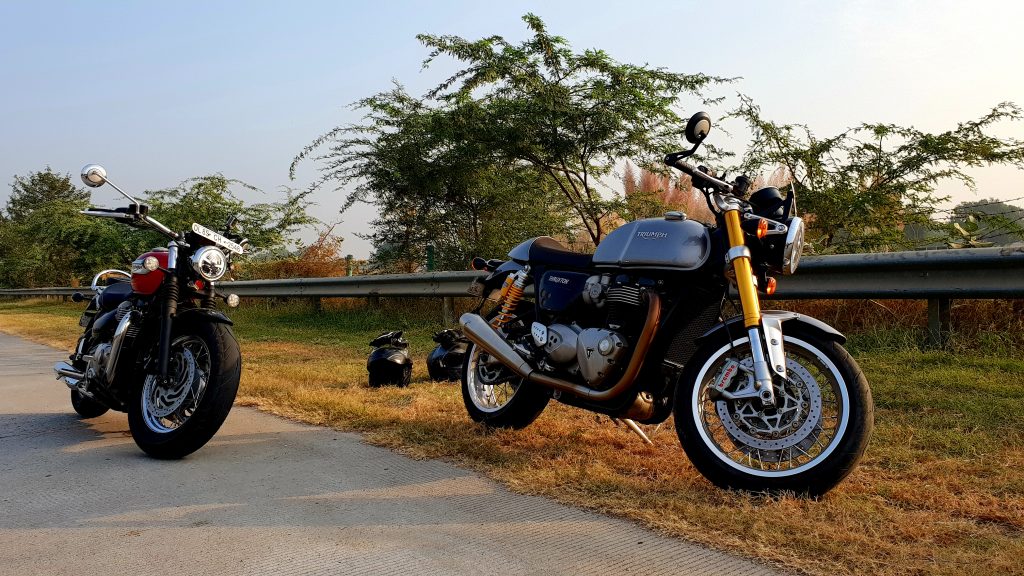
Its lack of prowess in the sand notwithstanding—a café racer isn’t meant for off-roading—the Thruxton is a fine steed and made the one-day traverse to Shekhawati, almost as much fun as the hack ride. After riding a mare for a few days, it seems like a fatuous comparison, but, as numbers go, the Thruxton puts 97 eager horses at your disposal that can be summoned with a slight twist of the throttle. In my entirely biased eye this gorgeous minimalist design sets the benchmark for a classic café racer.
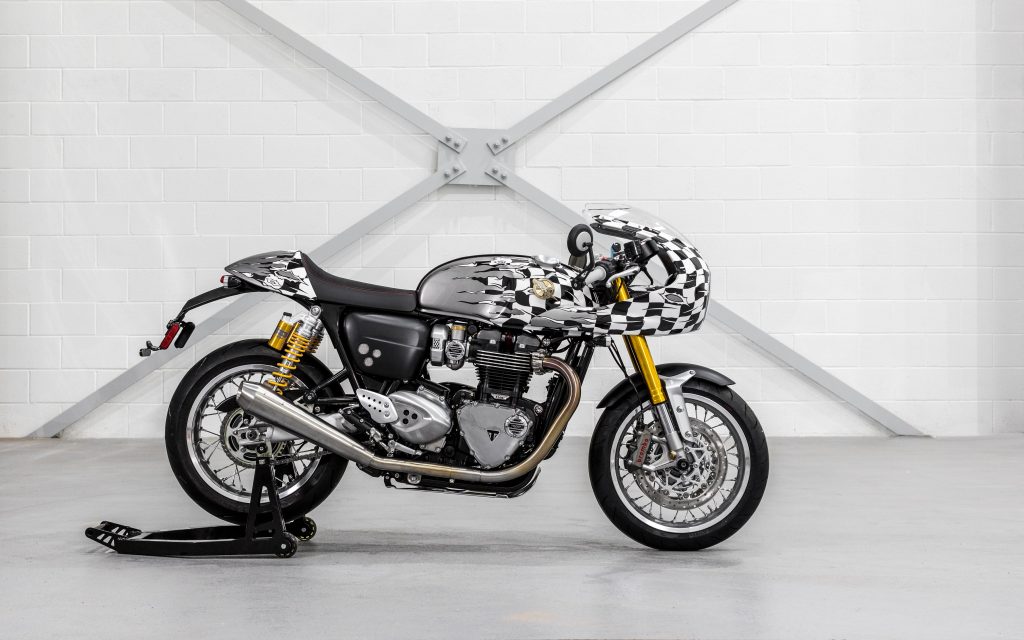
Yes, there is some subterfuge, those lovely-looking carburretor bodies are just a front for fuel-injection units, and behind its classic façade, the motorcycle’s computer-assisted riding modes are as cutting-edge as you’re likely to find on two wheels. Still, technology and tradition—unlikely bedfellows at most times—are wary allies on this motorcycle.
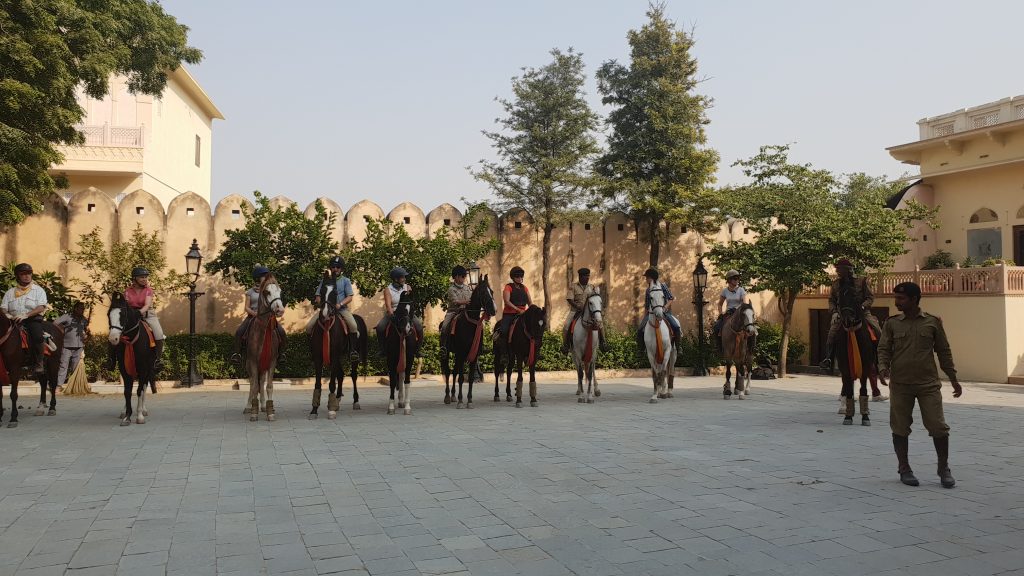
I bid goodbye to the riders in Mehensar, a tiny speck on the map of Shekhawati that’s largely given the miss by visitors—a shame because the township’s overpowering ambience of being stuck in time and abandonment is so emblematic of Shekhawati’s glory days. Nothing typifies this haunting quality as well as the fort of the erstwhile noble who ruled over Mehensar.
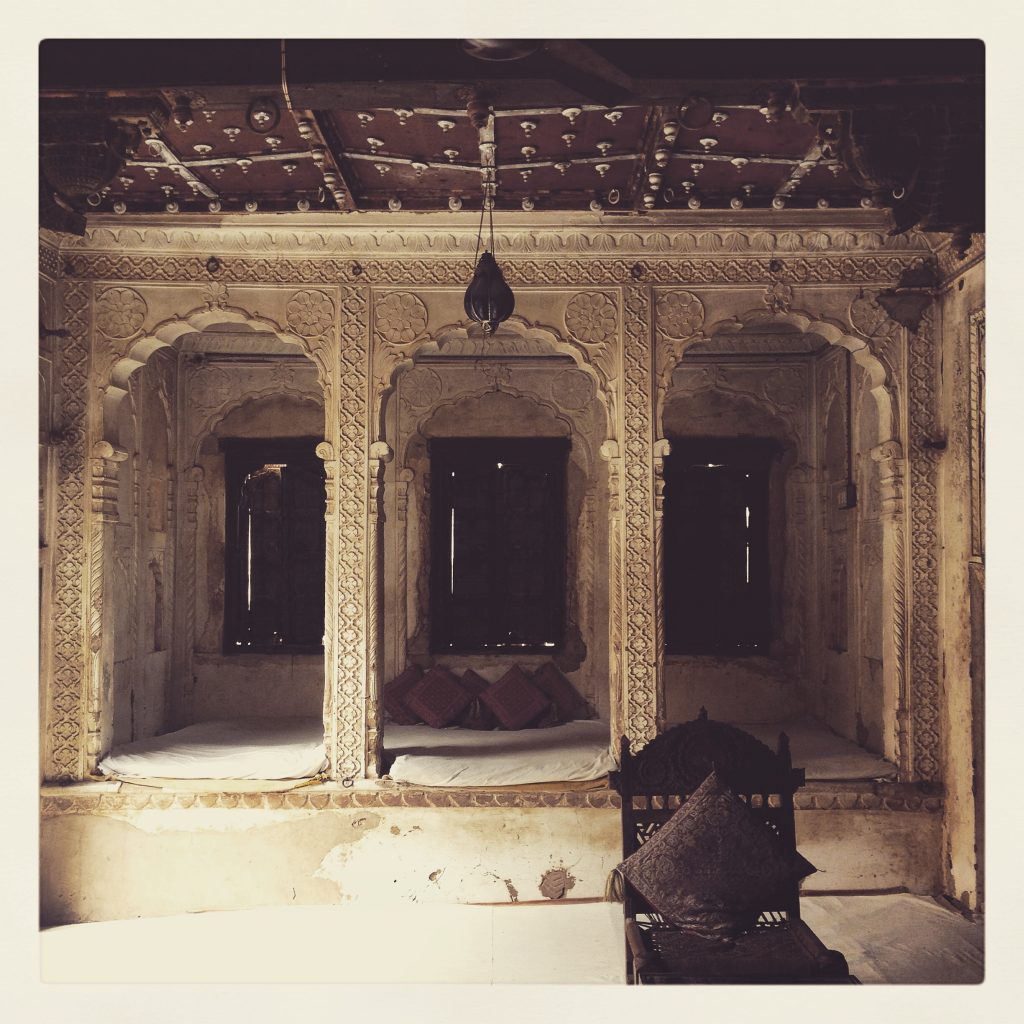
A sprawling property, ‘palace’ would be a bit of a misnomer, largely derelict, part of which has been restored, appears straight out of the faded annals of history. A veritable labyrinth of narrow passages, stairways, minute windows, and alleys that often lead nowhere.
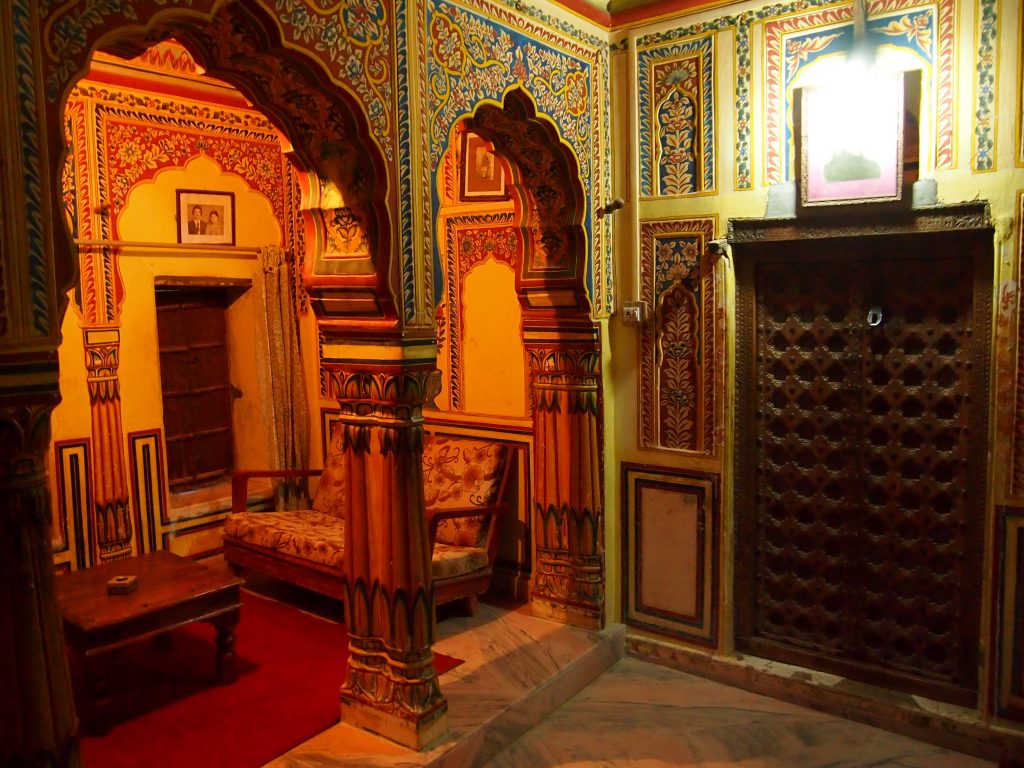
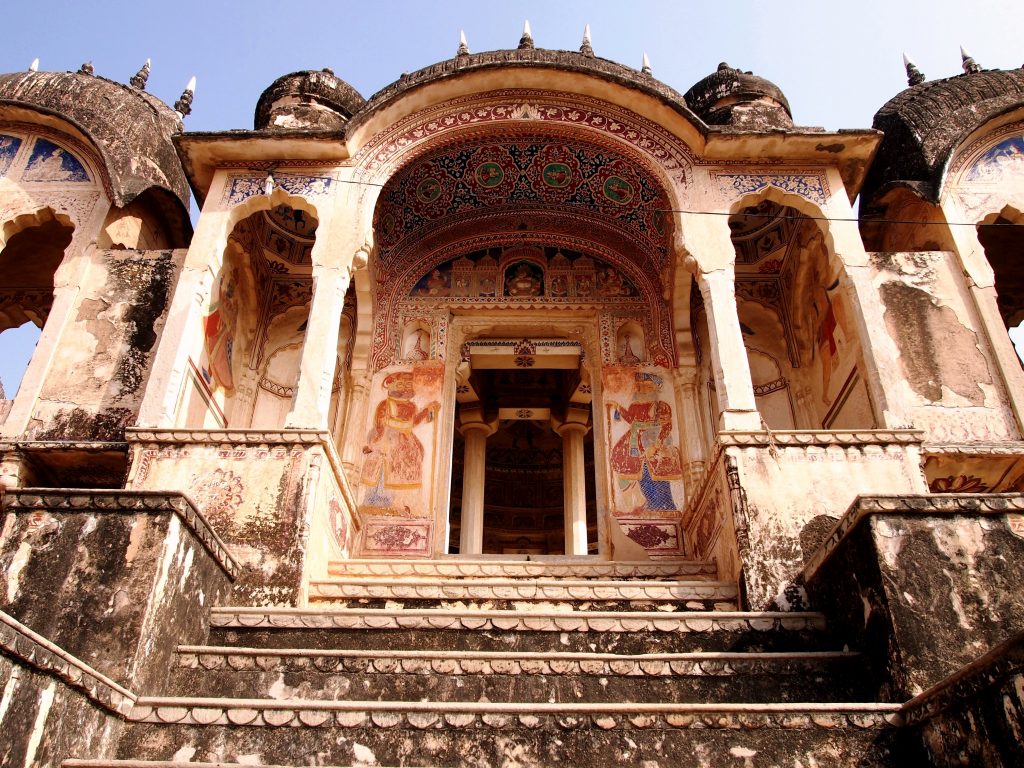
The few rooms that have been refurbished to host visitors are the only ones occupied, except the ones in which the present-day descendants—Maheshwar Singh and his wife, Aruna—live in.
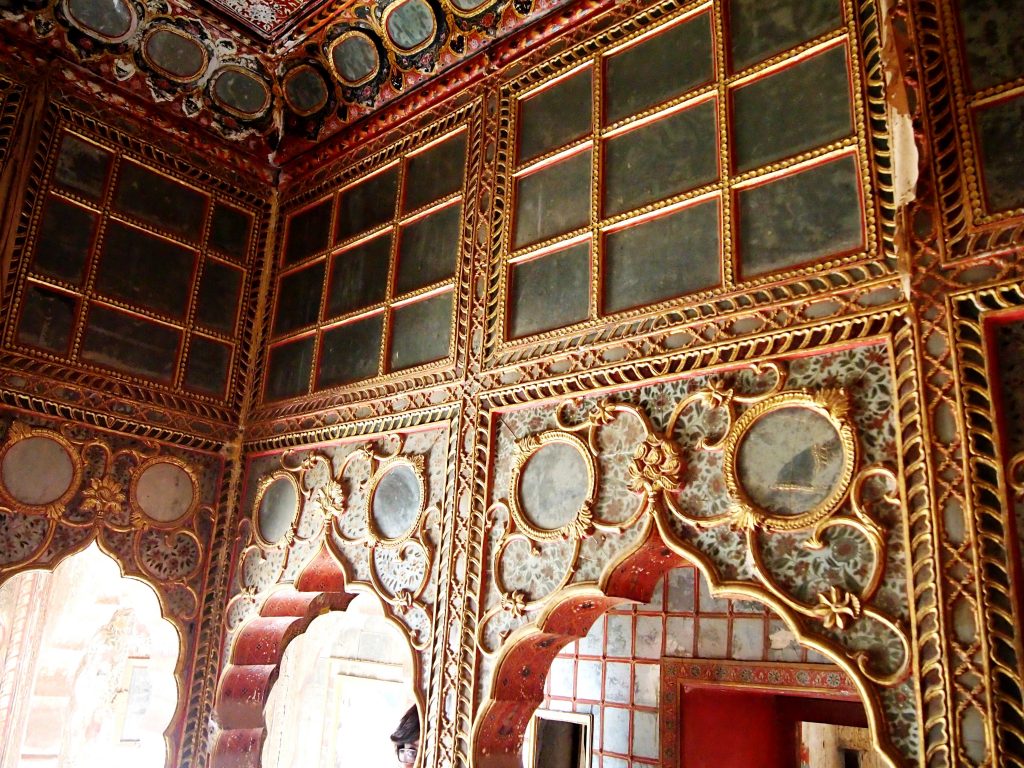
Singh still remembers grand affairs in which his parents entertained scores of guests and threw fabulous parties. It doesn’t strain the imagination, if I close my eyes, to hear the clinking of glasses, laughter and conversation echoing from the distant past. Today, the fort appears like a living image, that’s been de-saturated. By time, and loneliness.

